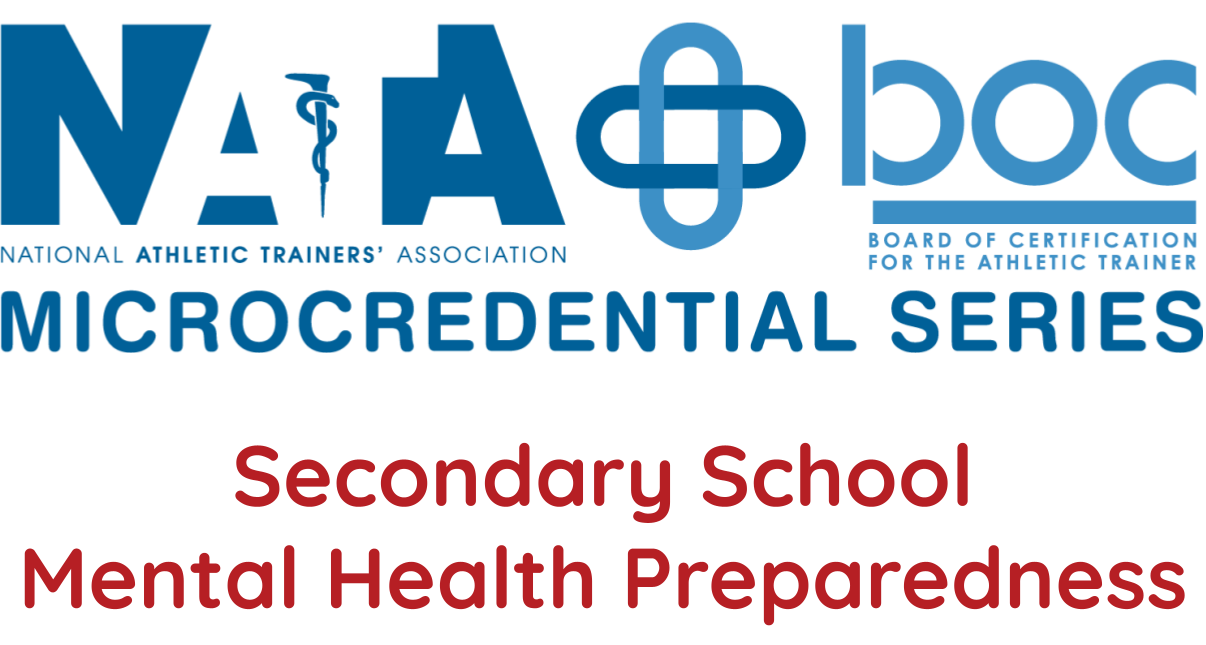
Is your MAT Program Down with IPE? Can it Really Be Implemented with Ease?
This session is featured as part of the VATEC 2024 Highlight Reel, showcasing the most impactful presentations from the 2024 Virtual Athletic Training Educators’ Conference.
Abstract:
Interprofessional education (IPE) is on the rise in health care fields for several reasons. One reason is the accrediting educational standards within many different professions. Another is a call from within the health care industry to increase positive patient outcomes. A teamed approach to practice has always been a call to action in athletic training, but not much research was conducted in the profession to indicate its effectiveness or readiness to complete. Additionally, there was limited guidance on what a good teamed approach to practice might encompass. The spirit of IPE is the next evolutionary step in a team approach with the intent to be a tool to teach learners the collaborative skills necessary to succeed in an increasingly diverse workforce. Even with such a call from multiple different parties, literature suggests that athletic training programs are still having difficulties implementing into curriculum. Many reasons for this are cited, such as faculty preparedness, administration support, infrastructure, etc. Additionally, clinicians in athletic training are also being asked to employ these skills, but report barriers within their own clinical practice. Therefore, this lecture will demonstrate how one athletic training program has taken the concept of IPE, broken into the various components of team science, and integrated team science as well as IPE into the whole program.
Learning Objectives:
- Explain the components of team science.
- Identify where interprofessional collaborative skills could be implemented into curriculum development.
- Structure IPE and team science within curriculum design
Level:
Essential
Domain(s):
Domain 1: Risk Reduction Wellness and Health Literacy
Domain 2: Assessment Evaluation and Diagnosis
Domain 3: Critical Incident Management
Domain 4: Therapeutic Intervention
CEUs:
0.5 Category A
Track: Program Administration
Format: Lecture
Expiration:
In order to earn your CEUs for the VATEC Highlight Reel sessions, you must watch the video in its entirety and complete the assessment by December 31, 2025 at 11:59 p.m. CDT.

